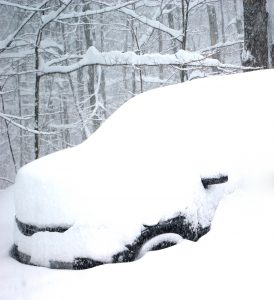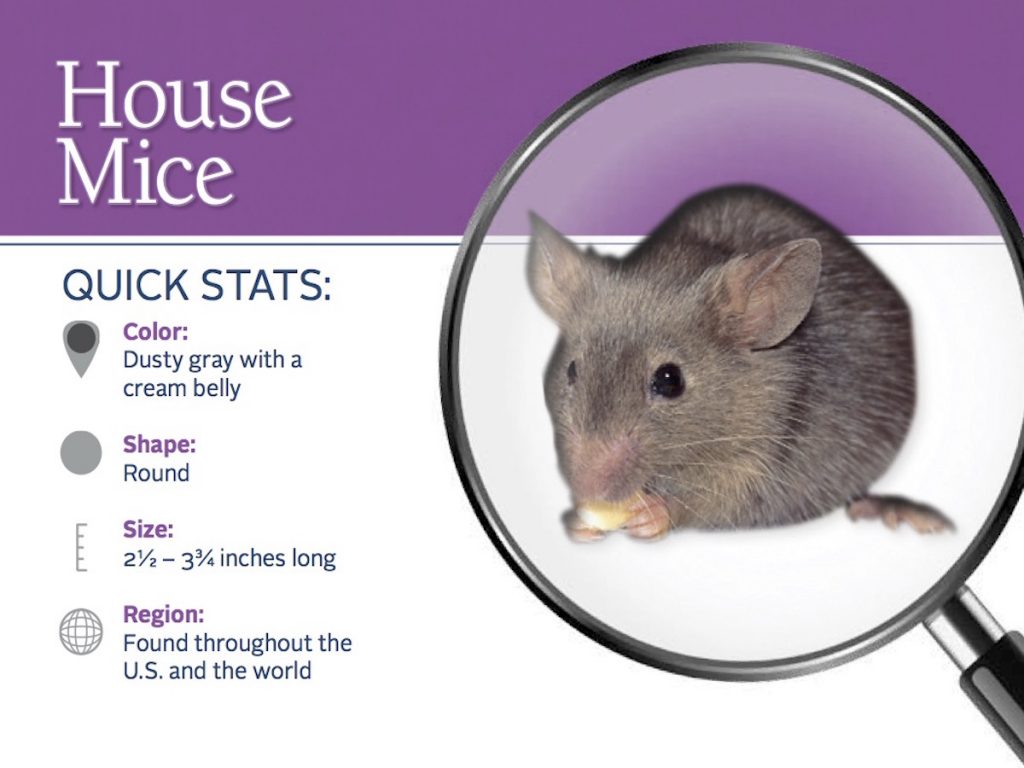KN, p. 294 “Death by Construction”
If this article has no paragraph separations, please double-click on the title. That will create a more readable version. 
It’s taken a full year to find a builder that specializes in decks, could fit us into his schedule, and then actually show up to give us an estimate.
We found this guy through an accidental meeting. Months of calling builders listed in the various go-to ‘find your trusted builder here’ sites, following up on referrals from friends, crossing off names of companies that had provided less than satisfactory service (I wondered what was buried beneath one of those lumpy looking new decks in photos of work shared on the internet). We talked about somehow doing it ourselves, knowing that it would take all the weekends into the next millennium.
We were driving through a mall parking lot when we saw a large black van pull up to the curb near us. On the side, in large white letters, said DECKS. I slammed on the brakes, turned the car around, and pulled up next to the van. I jumped out of the car and practically tackled the guy as he got out.
He was startled, but after listening to our tale of woe, gave me his card and told me to call him. I made that call early the next day. He arrived at the house a few days later to assess the damage and discuss what he could do. The deck gods were kind and had delivered a nice young man, experienced in the ways of all things deck. He showed us photos of other jobs, and emailed an estimate. Sticker shock. Almost double what had been the norm just three years before. But we needed the deck replaced. A confluence of events during the Pandemic had created a rotting deck with normal maintenance impossible, and we were desperate.
In prep for the arrival of his crew some two months later, we needed to remove shrubs and bushes that surrounded the deck and ramp leading up to it. Digging next to a structure for days in a row let me get a close look at the underlying structure that would be replaced. Total tear-down was necessary. Previous repairs had left the support system in place, but that would not be possible now. Everything had to go, beams, railings, everything. One of the bushes had grown to fifteen feet tall and has to be cut back each year to allow access to the ramp. It’s a haven for birds all year round, but is loaded with inch long thorns that will rip your skin to shreds if you get too close. While I couldn’t move it, I could certainly cut it back to make a safer work site. Cut it back, cover the remaining six feet tall multiple trunks, with a tarp. There was no need to have bloody workers.
But, you know me. I began to think of other safety concerns. I looked up the stats at the National Institute for Occupational Safety and Health (NOISH) and saw that in 2019 there were 11 million construction workers on the official books of licensed contractors. Who knows how many unofficial ones there are? I was stunned at how many fatalities there are on the job with licensed contractors and fully permitted sites.
Reasons for the 991 recorded deaths on the job in 2019:
- Falls to a lower level were the leading cause of work-related deaths in construction (401, or 36.4% of the total that year)
- Struck-by incidents (170 or 15.4% of the total)
- Electrocutions (79 or 7.2% of the total)
- Caught-in/between incidents (59 or 5.4% of the total)
A concerning bit of information: “Small employers with fewer than 20 employees accounted for 75% of fatal falls between 2015 and 2017, even though they made up only 39% of construction payroll employment.” * More recent numbers were not available at this writing.
Our deck was only two feet off the ground, so nobody was worried about injuries due to falls. During construction, nobody was struck by anything, or electrocuted, or caught between deck boards. The only danger our work crew faced was dehydration from the heat, and we provided them with a cooler full of ice and water, and chairs to sit in the shady area of the backyard.
But not everyone works at a site that protected. A family friend died a number of years ago in a fall ten feet from the ground. He became a construction worker after September 11th, a casualty of Wall Street downsizing. He found a job with a private contractor and for the most part, found the work satisfying and safe. He did express concern to his co-workers and friends about the safety protocols in place at the job site where he died, but tragically, was ignored.
The guys that redid our roof wore safety harnesses while nailing down the new shingles or delivering materials to the other workers. There are nail guns involved in any modern day construction, but any workers that show up at our house handle their tools responsibly.
*The Kerrians are fictional characters, but the friend mentioned in this post did pass away in 2002, from a fall on the job. His neck snapped when he hit the ground and he died instantly.
*Stats from the U.S. Department of Health & Human Services
KN, p. 294 “Death by Construction” Read More »


